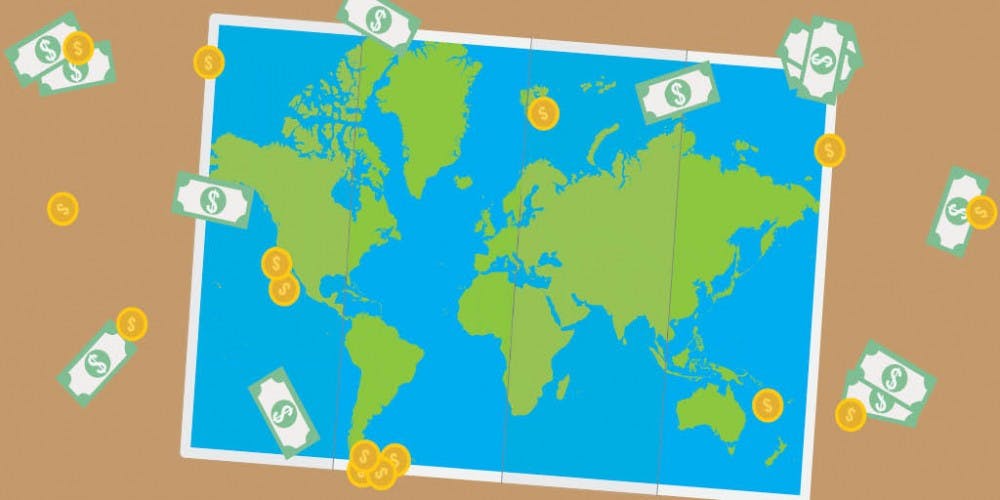At the time, he wasn’t fluent in English and didn’t know anyone in the United States. He hadn’t spent more than 10 days away from his home in Brazil.
He remembers calling his dad during his first week here, overwhelmed by the classes.
“Dad, I don’t know man. This is tough. The professors speak very fast. There’s a lot of information, and I don’t understand quite a few of the words.”
Hiago grew up speaking Portuguese, so his most difficult barrier in coming to an American school was the language. But he applied himself and overcame.
“I’m still learning,” he said. “It’s a constant process.” If he hears a new word, he repeats it, using it in conversation later that day so it stays in his mind.
Hiago is from Belo Horizonte, capital of the Brazilian state Minas Gerais. He is currently a senior at Ball State, where an athletic scholarship pays for his education while he plays for the men’s volleyball team.
“When you graduate [high school], you get lost,” he said. “‘Where am I gonna go? What am I gonna do now?’ But then you find your next step. I really wanted to play volleyball, but also wanted to get an education. Coming here was the solution, killing both birds with the same stone. And two really nice birds, I’ll say. I have everything I need.”
In Brazil, tuition is free at public universities. According to a study by Brazil’s National Institute of Educational Studies (INEP), however, these federally funded schools are very competitive. Most students who pass the entrance exams are those of a higher class who were able to attend expensive, private high schools. Poorer students who lacked such opportunities are generally not accepted into free programs, and instead attend private, for-profit institutions with a smaller selection of degrees that may lead to lucrative careers.
According to the INEP study, this reinforces inequality in society. Seeking to reverse the trend, Brazil’s government enacted The Law of Social Quotas in 2012. This affirmative action law requires public colleges to reserve half of their seats for students who graduated from generally poor public high schools. The change was to be fully implemented by this year.
Hiago said that free Brazilian schools are extremely difficult to get into, so employers highly respect those graduates.
“Only the best that apply for that specific major at that specific school get selected,” he explained.
Private colleges are expensive, he said, but not as much as in America, because most students live at home. He prefers the on-campus living community available here.
Hiago said that he attended a private high school because the free public options are poorer quality and lack infrastructure. While racial diversity in Brazil unites society, he explained, this gap in education exemplifies a socioeconomic separation.
Free or affordable college is available in several other countries. Public tuition in Germany is government funded, and students are only required to pay a semester fee of about $200. Sweden offers free doctorate study for international students, and Norway offers free tuition but a high cost of living. Denmark, Estonia, Finland, Slovak Republic, Slovenia, and Turkey also provide free tuition, according to a report from The Organisation for Economic Co-operation and Development.
Meanwhile, tuition fees continue to rise in the United States. According to the Bureau of Labor Statistics, the cost of college has increased more than 1,000 percent in the past 40 years, nearly doubling the inflation rate of other commodities like medical care and housing. More than 70 percent of students graduate with student loan debt that averages about $29,400 per person. This is more than 65 percent of an annual salary for most graduates in their first years after college.
“In Brazil it’s expensive,” Hiago said, “but here it’s stupid expensive.”
To continue reading, visit ballbearingsmag.com





